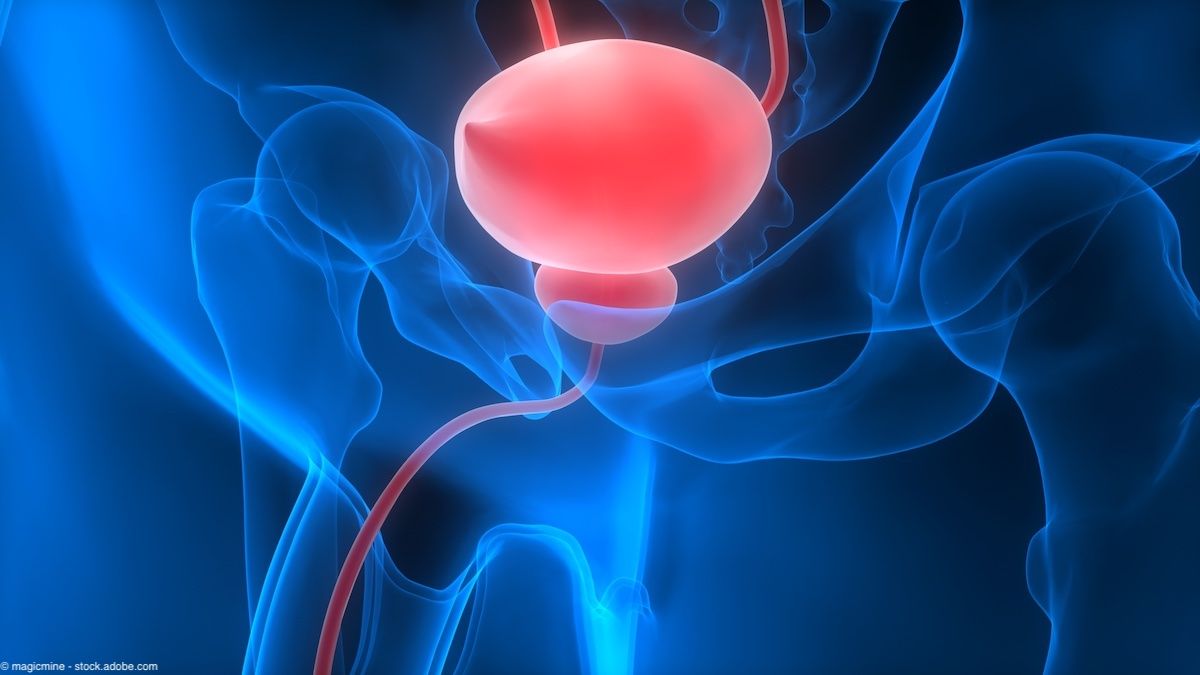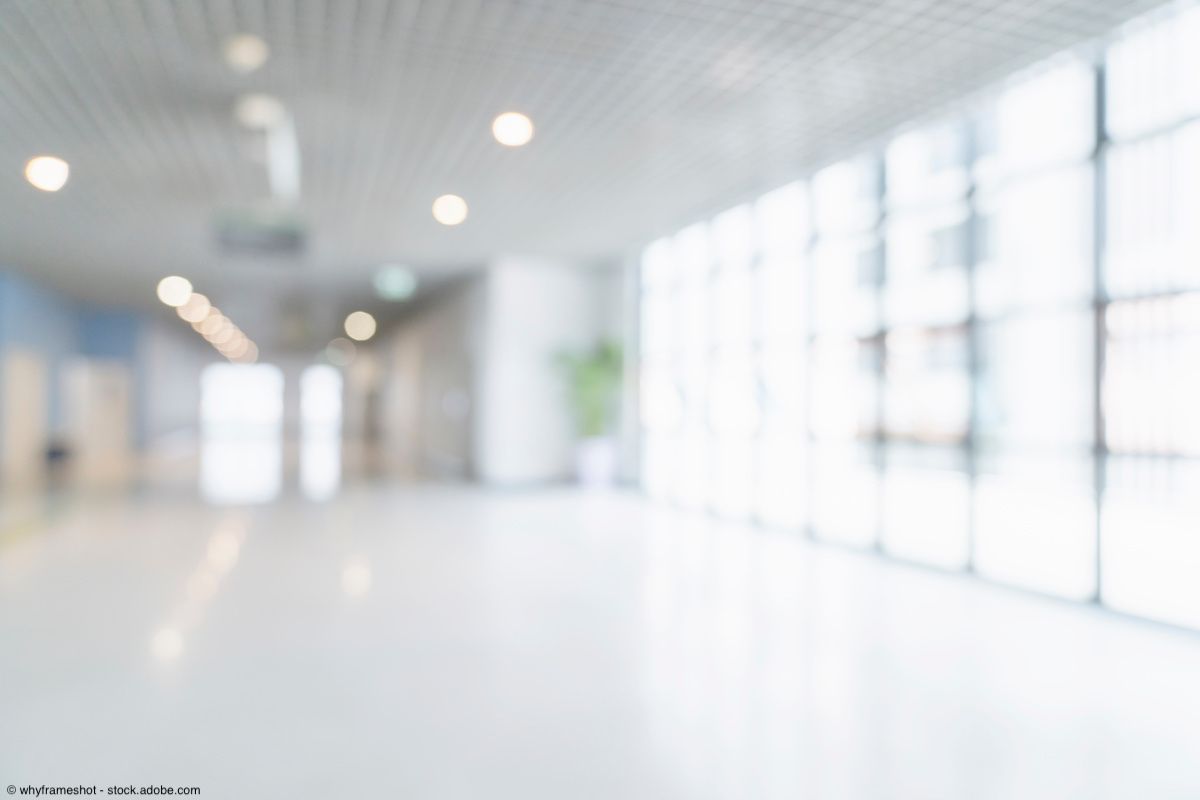Article
Experts debate best approaches to pediatric renal surgery
Author(s):
Atlanta-For a number of urologic conditions in adult patients, pure laparoscopic and robot-assisted laparoscopic procedures have taken urology by storm. Pediatric urology has been somewhat slower to adopt laparoscopic approaches, but many of the same questions arise in pediatric circles when arguing the relative merits and shortcomings of current laparoscopic and open surgical options: How do postoperative pain scores, operative times, and return to activities compare? What is the learning curve for laparoscopy, and does robotic assistance shorten it? In which patients, and for which indications, is one approach preferred over another?
Atlanta-For a number of urologic conditions in adult patients, pure laparoscopic and robot-assisted laparoscopic procedures have taken urology by storm. Pediatric urology has been somewhat slower to adopt laparoscopic approaches, but many of the same questions arise in pediatric circles when arguing the relative merits and shortcomings of current laparoscopic and open surgical options: How do postoperative pain scores, operative times, and return to activities compare? What is the learning curve for laparoscopy, and does robotic assistance shorten it? In which patients, and for which indications, is one approach preferred over another?
Four of the country's top pediatric urologic surgeons debated these and other questions as they relate to renal surgery in children at the 2006 American Academy of Pediatrics Section on Urology annual meeting here.
The advantages of open surgery were discussed by Patrick Cartwright, MD, professor of pediatric urology at Primary Children's Hospital and the University of Utah, Salt Lake City. He explained that his surgical approach depends upon the age of the patient and the procedure in question.
When comparing open and laparoscopic pyeloplasty, Dr. Cartwright listed the following advantages of open surgery: precise tactile judgment of ureteral spatulation, optimal suturing precision and control, easy access to placing an external stent (and thus avoid a second anesthetic to remove an internal double-j stent), and shorter operative time.
"We need prospective studies to compare open surgery to laparoscopy in terms of pain scores, cost, return to full activities, and other parameters. My suspicion is that younger children may recover just as quickly and as well as from open pyeloplasty," Dr. Cartwright said.
Steven Docimo, MD, director of pediatric urology at the University of Pittsburgh Medical Center, made the case for pure laparoscopic surgery. He highlighted the advantages of laparoscopic surgery over open and robotic techniques, namely, smaller ports and incisions; faster setup; greater flexibility in changing ports, instruments, and patient position; tactile feedback (missing from robotic surgery); and lower cost (compared with robotic surgery).
In a retrospective analysis of 51 consecutive laparoscopic pyeloplasties in children at his institution, Dr. Docimo reported a 96% success rate (J Urol 2006; 175:185, abst. 569). Two cases had residual obstruction. The median hospital stay for patients was 23 hours. The last procedure performed took 2.5 hours.
"Laparoscopy represents the state of the art for managing both kidney removal and reconstruction in children," Dr. Docimo told Urology Times. "The robot is a variation on laparoscopy, and can be helpful, especially to those who are early in their laparoscopy learning curve. The limiting factor for wide adaptation of robotics is the high cost of the robot itself and the equipment needed for robotic procedures."
Dr. Docimo concluded that laparoscopy is rapidly becoming the standard of care for renal surgery. He suggested that open procedures be reserved for complicated cases and for infants less than 6 months of age.
An argument for robotics
Craig Peters, MD, professor of urology at the University of Virginia, Charlottesville, advocated use of the daVinci robot system (Intuitive Surgical, Inc., Sunnyvale, CA) for laparoscopic surgery. He described the robot as a versatile tool, and showed footage of a robot-assisted pyeloplasty, antireflux surgery, and nephrectomy.
"Laparoscopy is usually the best approach, but it's difficult to learn," Dr. Peters told the crowd at the panel session. "How many people can actually do it?"
The learning curve for robot-assisted laparoscopic pyeloplasty is much shorter than with conventional laparoscopy, and operative times are becoming equivalent to that of open surgery, he said, describing a cohort of five patients at his institution who underwent a second pyeloplasty with the robot. Three patients had prior open surgery, and two had previous laparoscopy. The mean open time of surgery was 260 minutes, and the average length of stay was 2.3 days in these five patients. This cohort, Dr. Peters said, demonstrates that the robot can be used to perform difficult surgeries.














